Amidst coronavirus, I’m sticking to what I – and a lot of other people – love most: cooking and baking. One challenge I’ve presented to myself is to make a dish (or dishes) of international cuisines every week, learn some words from the language, and e-visit some of the country’s landmarks. Some of these dishes will be more complex than others, based on what ingredients I have available in the house.
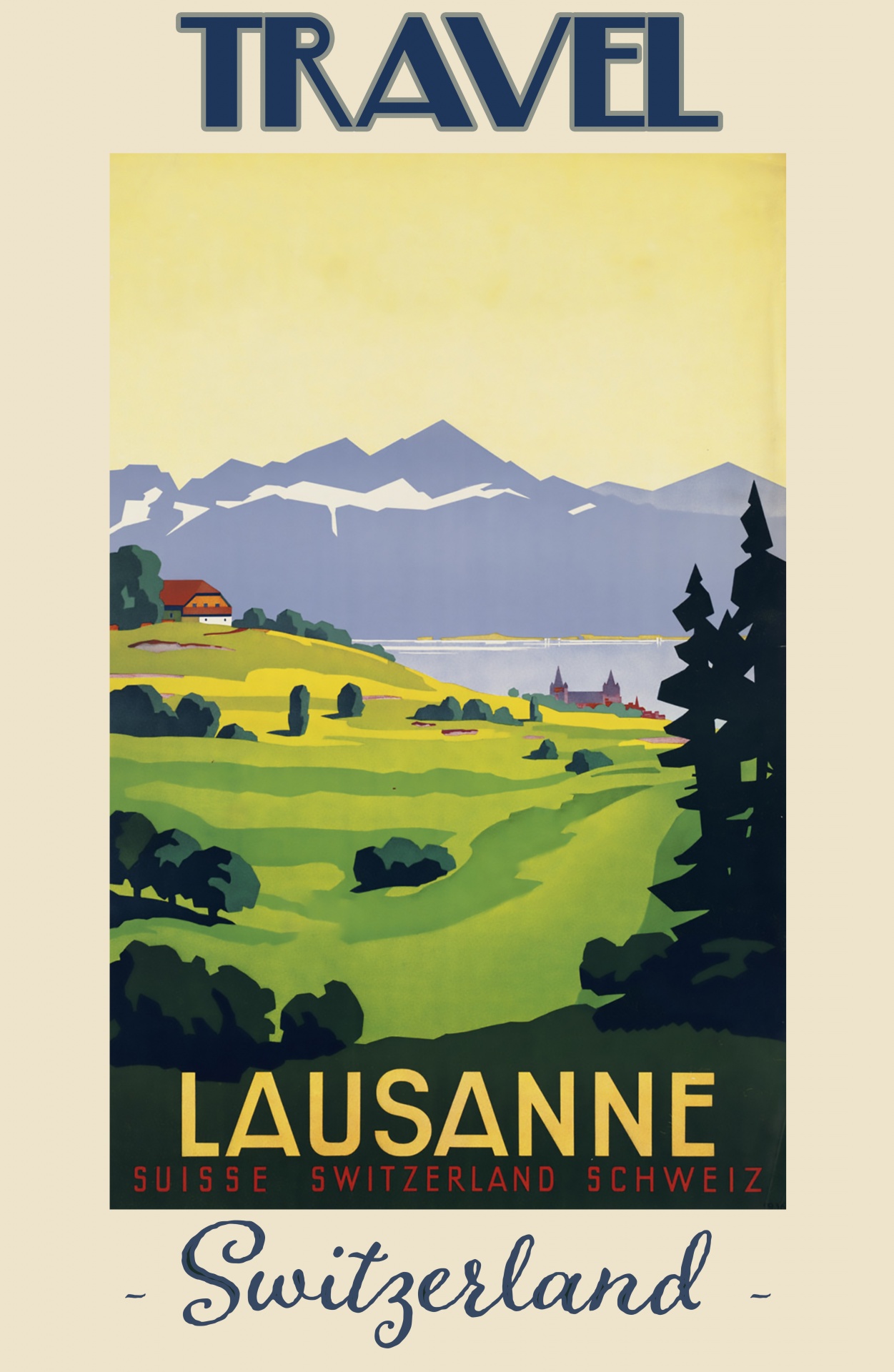
Switzerland is known for being one of the most efficient, near-perfect countries in the world. After all, it’s home to the Swiss watch, the World Health Organization, and the Geneva Convention. I’ve always admired Switzerland (I even chose it as my main country for projects in my French class), but I didn’t know much about its cuisine. After trying out some dishes, I’m definitely not neutral – they’re delicious!
Allons-y! Andiamo! Lass uns gehen! Ir! Let’s go!
Swiss cuisine has influences from France, Italy, and Germany. For example, pasta and pizza are commonly integrated in Swiss cuisine. Since Switzerland was historically a country of farmers, Swiss dishes are rather simple (as seen in the following dishes).
Cheese dishes certainly abound in Swiss cuisine. Raclette is one of the most famous dishes: raclette cheese is melted and scraped onto cured meats, breads, root vegetables, and more. Below is a picture of raclette.

I was actually surprised, however, to find two “national” dishes that are naturally gluten- and dairy-free (with vegan options!). Let’s take a look.
DISH #1: RÖSTI CAKES (GF + DF, Vegan option)
I like to think of rösti as latkes’ Swiss cousins. Rösti (pronounced roosh-ti) are potato fritters, and they started off as a breakfast dish eaten by farmers. It’s typically accompanied by eggs, spinach, ham, and sour cream. In Switzerland, it’s considered to be the national dish.
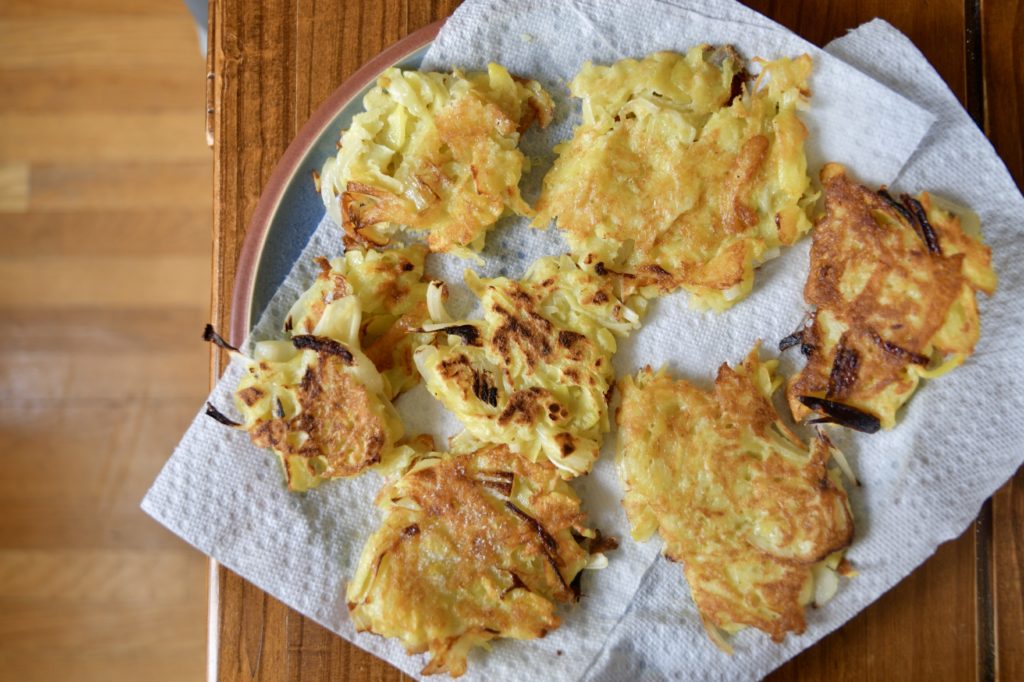
All you need is potatoes, onions, oil or butter, and salt. This particular recipe – but not all – contains eggs. After grating the potatoes, they’re quite easy to make. And at the end of the day, who does love crispy potatoes?
While these are typically made for breakfast, I find if you increase the salt, it can also be delicious for a lunch or dinner. Proof: my brother ate six of them for dinner. Furthermore, rösti are typically pan-fried, but there are also baked options, which are healthier.
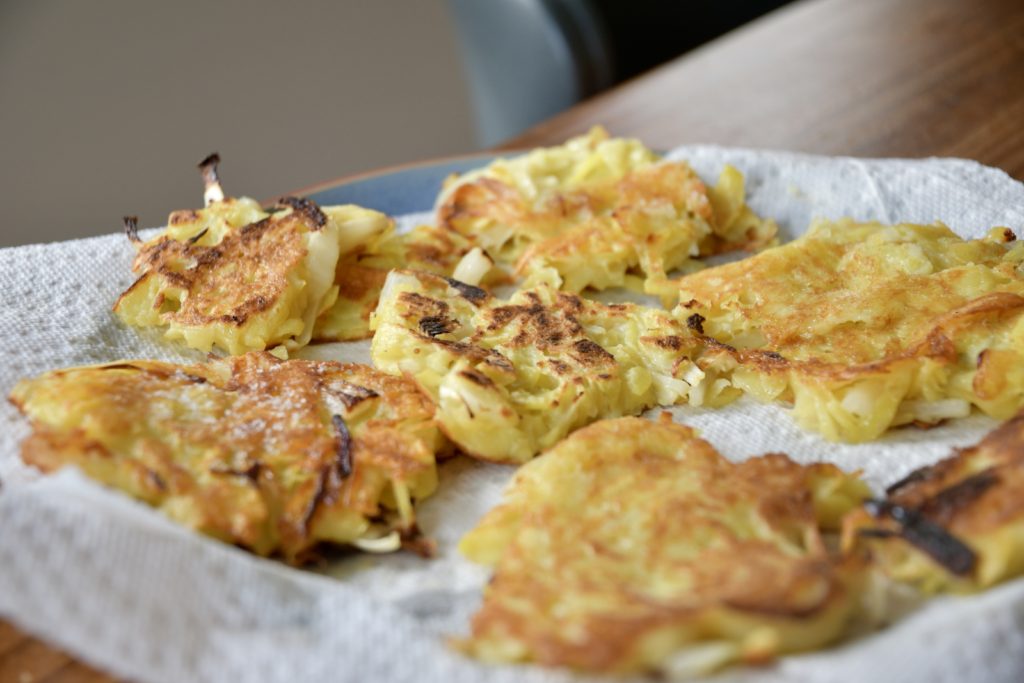
Recipe: BBC’s Rösti cakes
- Note: I subbed plain flour for chickpea flour, but it should work with any gluten-free all purpose or rice flour. Furthermore, I added probably 2 tbsp of flour in total.
- For a vegan version, try this New York Times recipe using their vegetable oil option.
DISH #2: BIRCHER MÜESLI (GF + V)
Bircher muesli is considered to have replaced rösti as the Swiss breakfast food. Bircher muesli was invented by Dr. Maximilian Bircher-Benner in 1900. He believed that a diet of cereals, fruits, and vegetables was better than a heavy meat-based diet.
Sound familiar?
Thus, bircher muesli was born. Traditionally, bircher muesli is a mix of oats, fruit, nuts, lemon juice, and condensed milk. You can also put in yogurt and seeds.
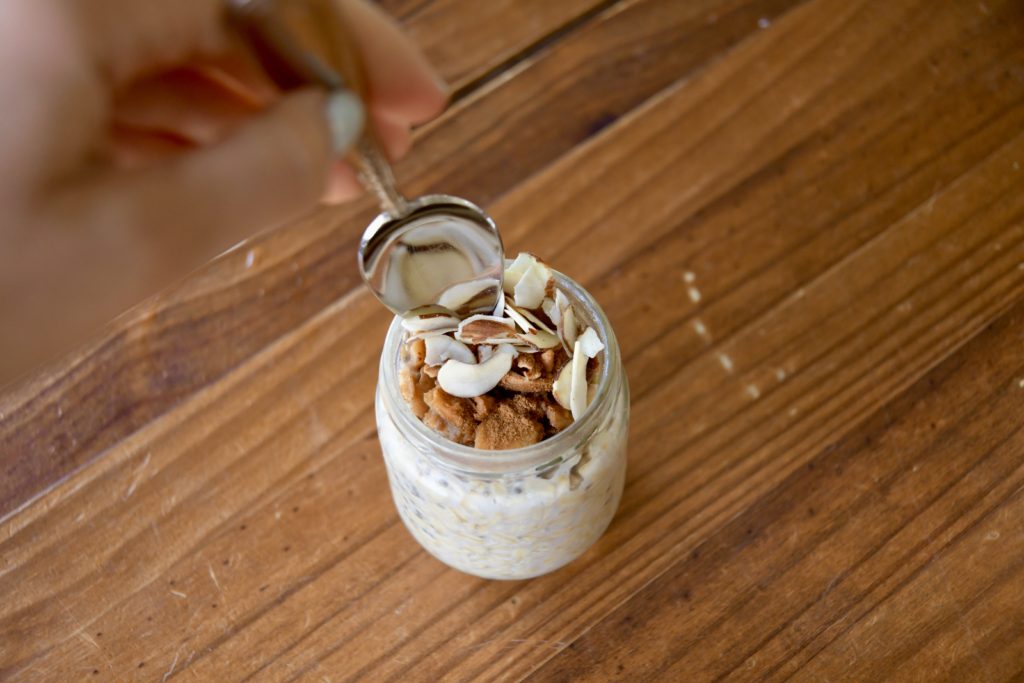
Dr. Bircher-Benner was certainly ahead of his time – muesli is almost like overnight oats! I didn’t use a recipe to make my bircher muesli, but you can follow Deliciously Ella’s.
In my bircher muesli, I put in the following. Note that the translations are in the order of French, Italian, German, and Romansh.
- Oats. Avoine. Avena. Hafer. Avaina.
- Almond milk. Lait d’amande. Latte di mandorla. Mandelmilch. Lat da mandel.
- Dried apples. Pommes séchées. Mele secche. Getrocknete äpfel. Mail sech.
- Agave. Agave.
- Almonds. Amandes. Mandorle. Mandeln. Mandla.
- Cinnamon. Cannelle. Cannella. Zimt. Chanella.
- Chia. Chia.
Mix the ingredients to desired proportions and refrigerate overnight.
USEFUL WORDS
German, French, Italian, and Romansh are languages that are commonly spoken in Switzerland, depending on the region.

If you’re looking to delve into French, take a look at the language section of my French post. Here’s the Italian post. The German post (with useful German words/phrases) will be coming soon.
So, what’s Romansh? Romansh is spoken in the Swiss canton of Grisons. According to thelocal.ch, it’s a Romance language of the Rhaetian people, who are thought to have arrived in the Alps around 500 BC. There weren’t too many resources to learn Romansh, so the following is some very pared down basics.
Greetings
- Allegra –> Hello
- Bun di –> Good morning, good day
- Buna saira –> Good evening
- Buna not –> Good night
- Ade –> Bye
- A revair –> Goodbye
Conversation
- Grazcha –> Thank you
- Ch’el s-cüsa –> Excuse me
LANDMARKS
Switzerland is split into three geographical regions: the Jura (10%), the Midlands (30%), and the Alps (60%).
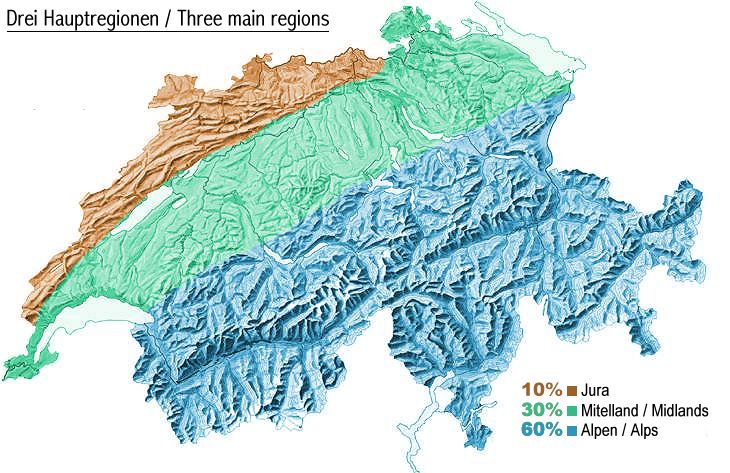
Let’s take a look at some of the top Swiss landmarks.
Jungfraujoch, Bernese Alps
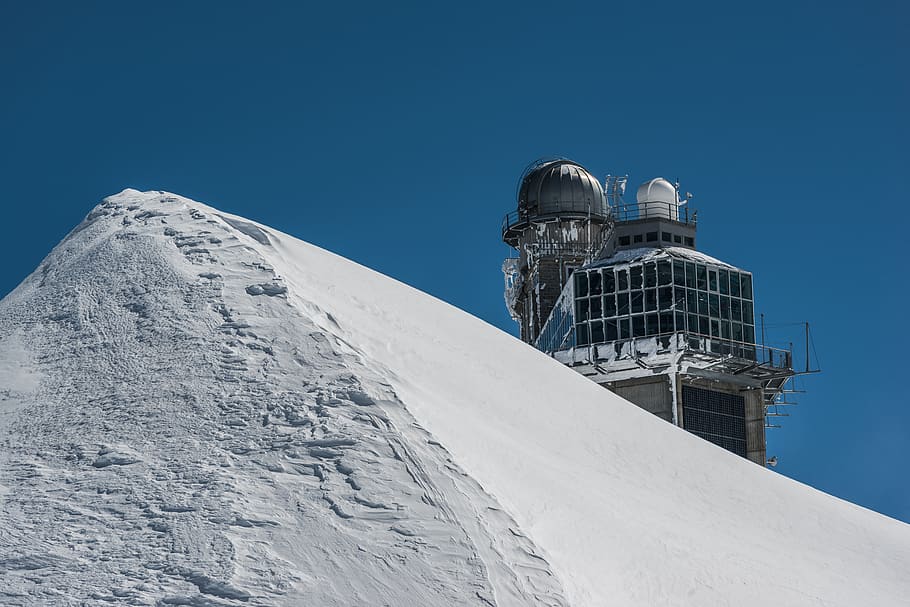
The Great Aletsch Glacier, the longest glacier in Europe, begins in Jungfraujoch. 3,454 meters up, there’s an observatory, deemed as the “Top of Europe.”
Lake Geneva

Lake Geneva is Europe’s largest Alpine lake, right at the border of Switzerland and France.
St. Moritz
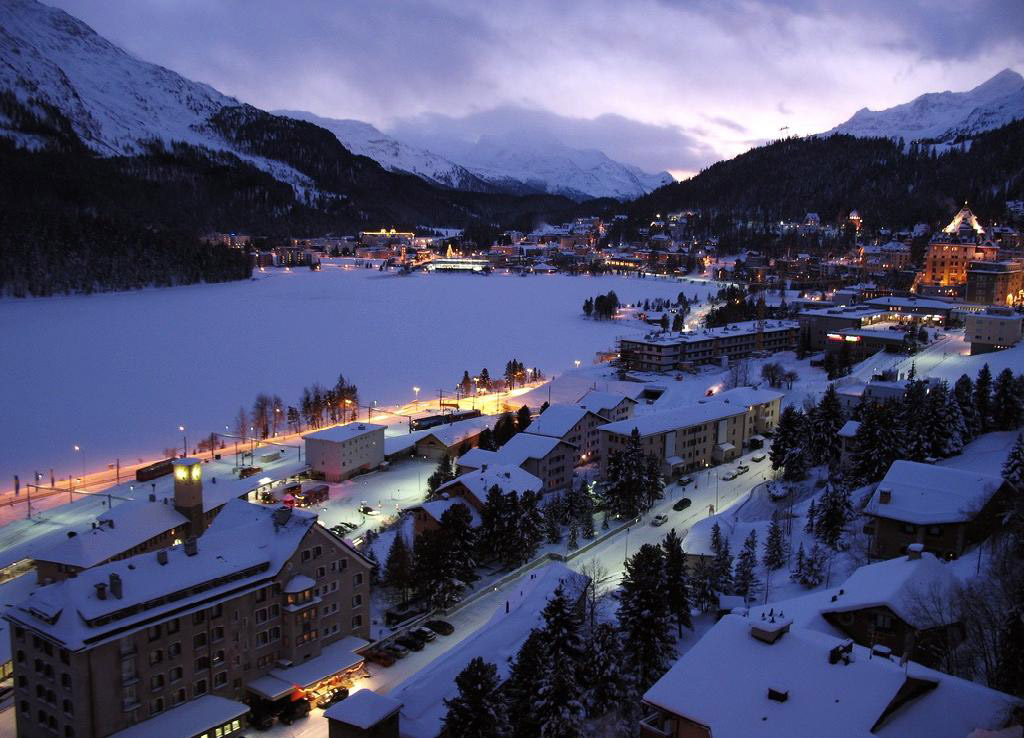
St. Moritz is one of the top mountain destinations in the world for winter sports. When the summer comes, hiking, biking, and water sports are all the craze.
Oberhofen Castle, Oberhofen am Thunersee

This 13th century castle has a living museum that shows the times of feudal societies. The design inside is a unique mix of the baroque and romantic styles.
I hope you’ve enjoyed this tour of Switzerland.
Au revoir! Ciao! Auf Wiedersehen! Ade!